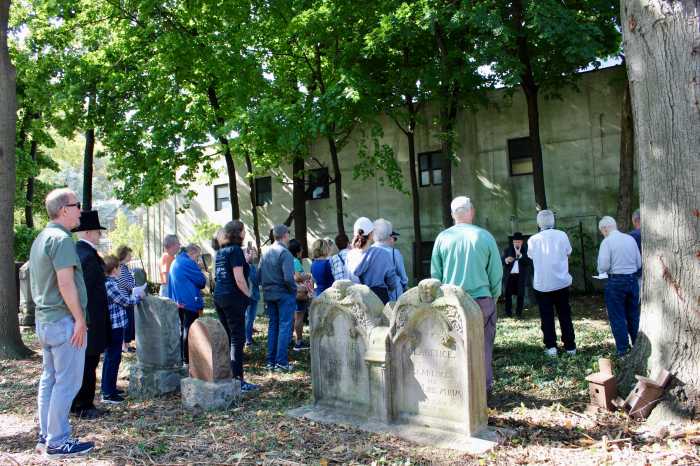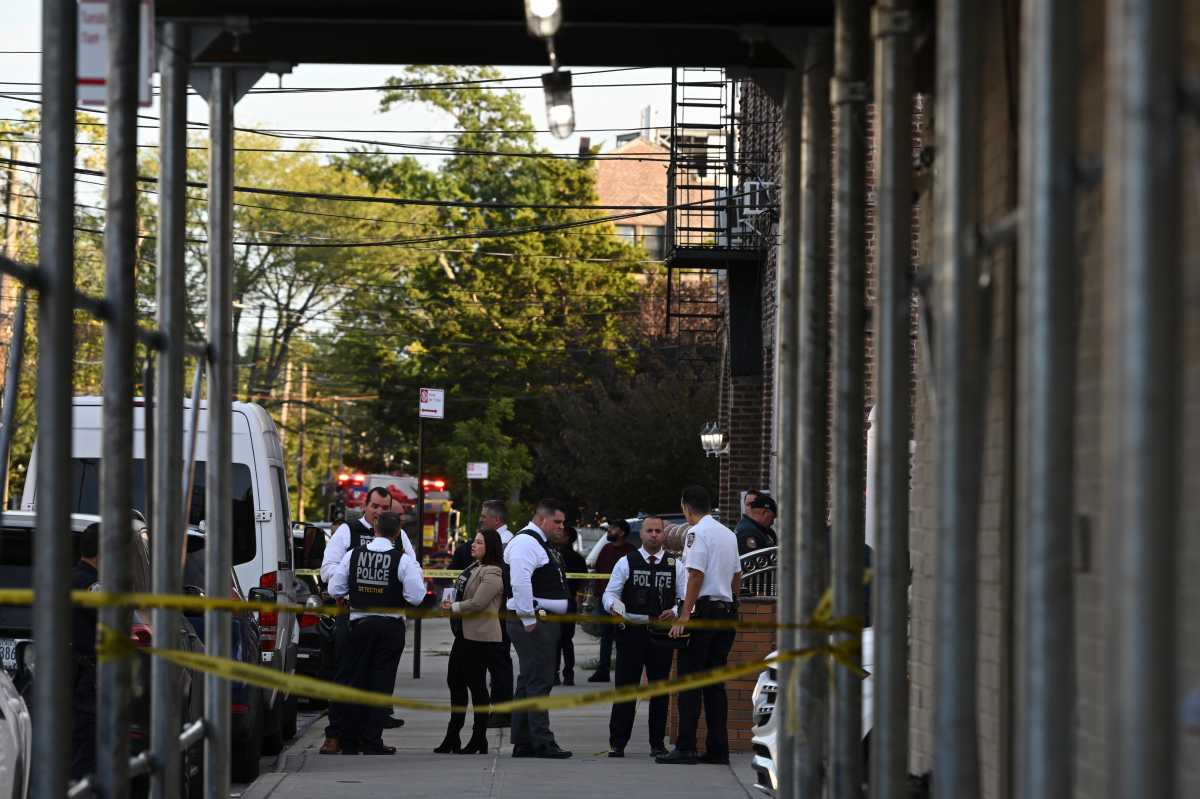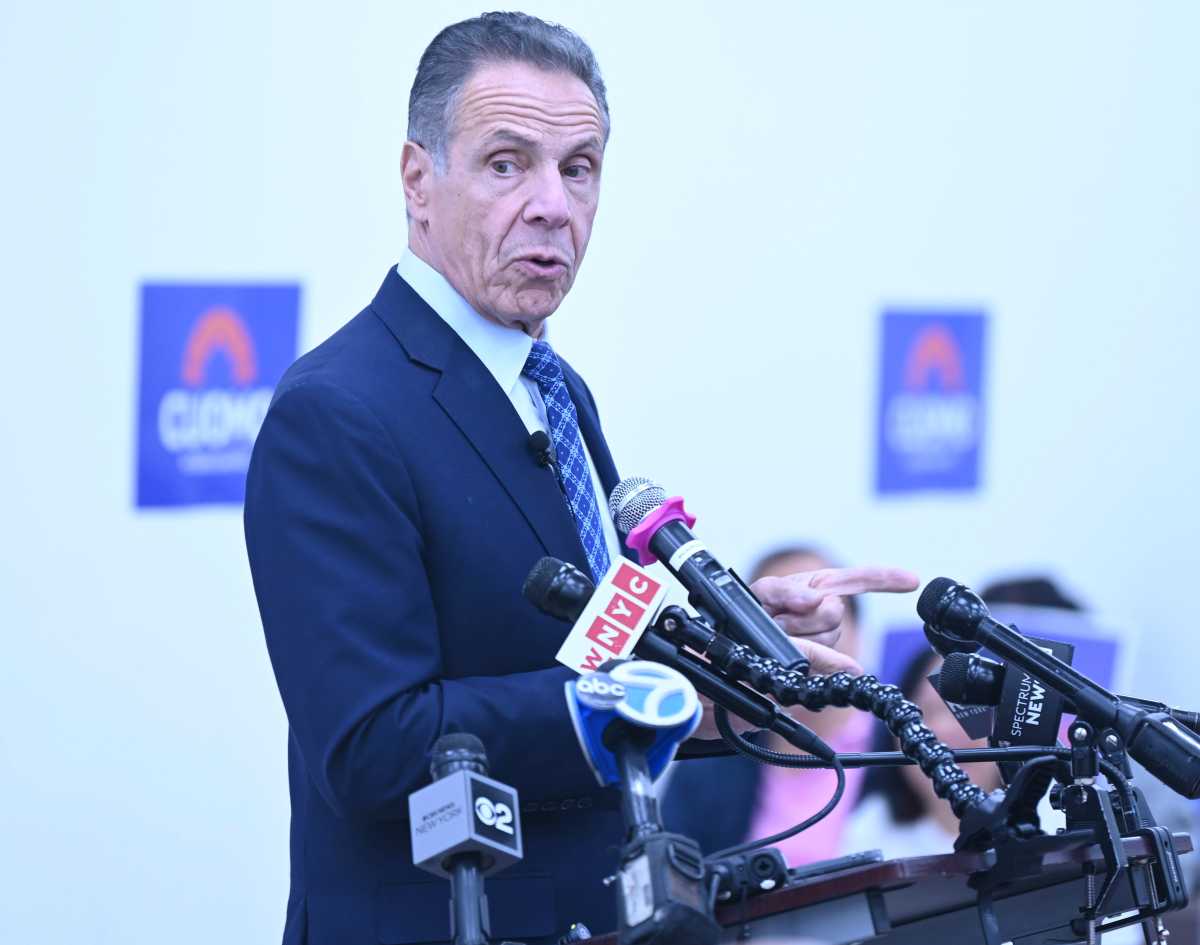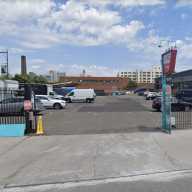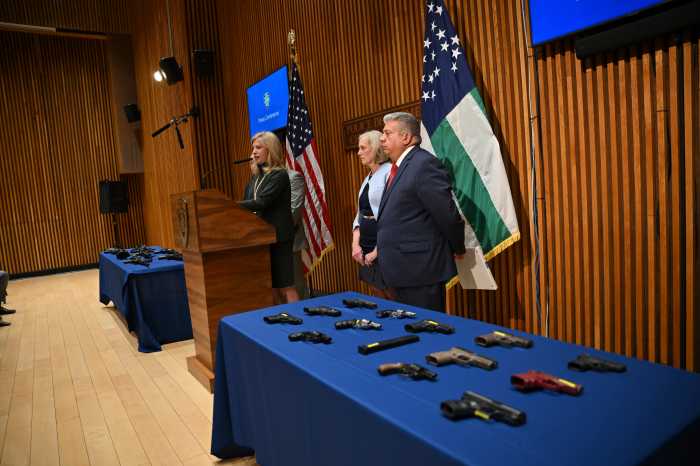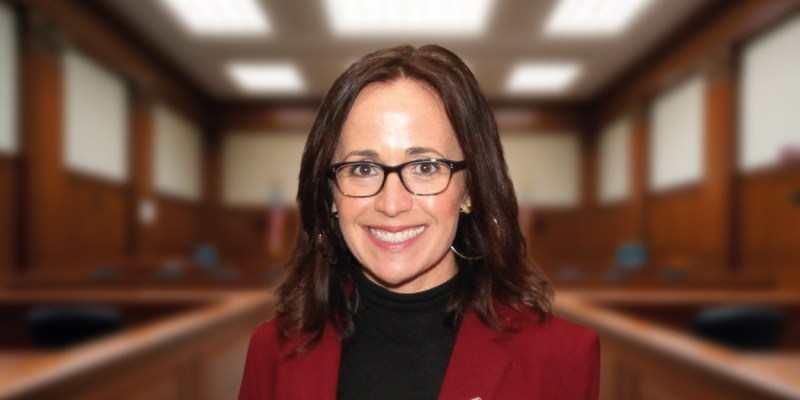One of the largest and most controversial development projects in the city’s history received approval from Community Board 7 (CB 7), but that support is contingent on a number of conditions that will continue to play out during the next few months.
After more than five hours of discussion, CB 7 approved the city’s Willets Point plan on Monday, June 30 by a 21-15 margin, a vote which contained a proviso that the Economic Development Corporation (EDC) agree to implement some board recommendations into the plan as it moves along.
“What this committee came across in approval was the fact that a no vote was just going to be counterproductive,” said CB 7 Willets Point Committee Chair Chuck Apelian, whose committee met with representatives from EDC nearly eight times during the board’s discussion of the historic issue. “We felt it was best to send a message loud and clear that we have concerns. This is not carte blanche. This is not just opportunity for the city to have its way.”
After lengthy discussions with CB 7’s Willets Point Committee, Deputy Mayor for Economic Development Robert Lieber sent a letter to Apelian and board Chair Gene Kelty agreeing to a number of CB 7’s requests including giving the board a representative on an advisory committee that will select the project’s developer. Once the city selects a developer, EDC would require the developer to meet with the board quarterly to update them on the project.
In his letter, Lieber also agreed to exhaust all means of negotiations before using eminent domain, commit to a workforce assistance program, develop a new public school and make sure the project meets or exceeds the LEED for Neighborhood Development for environmentally responsible, sustainable development, all recommendations of the CB 7 committee.
“It’s not everyday that any community board gets a letter like that,” Apelian said. “I’m not trying to brag, but what we got at this level, at this point and going forward is pretty terrific.”
However, CB 7 and EDC remain at odds on the percentage of affordable housing, parking requirement for residential units and perhaps the biggest difference - the amount of funds earmarked to a traffic mitigation fund.
Currently, the city has agreed to establish the fund and require the developer to contribute $5 million with the possibility of more after the developer’s selection. In its recommendation, CB 7 is asking for that fund to equal 10 percent of the total costs of the project, which could reach more than $3 billion.
CB 7’s approval, which is only advisory, was the first step in the Uniformed Land Use Review Procedure (ULURP), and the project will now go before Queens Borough President Helen Marshall, who will hold a hearing on July 10.
Last year, the city unveiled its master plan for the approximately 60-acre Willets Point site that would include 1 million square feet of retail shops and restaurants, 500,000 square feet of office space, 5,500 units of housing, a school and convention center in an area often described as blighted.
Currently, the city is in negotiations with the 74 land and business owners in the area in order to purchase their property and find possible relocation sites for the businesses. To date, the city has reached agreements with only two businesses, and the property owners have claimed the city is not negotiating in good faith with them.
Meanwhile, the city still has not ruled out the possible use of eminent domain - one of the most controversial issues associated with the plan - where the city would take the privately owned land and use it for the development.
“You’re giving the city a gun to shoot us with,” said Dan Scully, a Vice President at Tully Construction, one of the largest businesses at Willets Point.
Joseph Ardizzone, who has lived in Willets Point since 1932 and is the last resident at the site, criticized the city’s attitude towards the area for the past 30 years and its failure to put in sewers, roads and provide other municipal services for the neighborhood.
“For the past 75 years the city has said no to me, why should I now say yes,” said Ardizzone, who dressed up like a colonial American and decried the city’s tactics as un-American during the meeting.
After the vote, both supporters and opponents of the plan declared victory.
“The plan to clean up the environmental contamination at Willets Point and transform it into a vibrant, sustainable neighborhood first originated in community meetings, and tonight’s vote by the community board is a major step forward in it becoming a reality,” Bloomberg said in a statement.
Meanwhile, Dan Feinstein, owner of Feinstein Iron Works, one of the ten largest business owners in the area, had a different take on the board’s vote.
“I think the vote said we’re so concerned and distrustful of EDC that they gave it conditional approval based on eight or nine requirements that they don’t believe the city is going to meet,” Feinstein said. “This is a victory for the people of Willets Point.”
During the meeting, EDC representatives presented the city’s proposal for the plan and committee members had the opportunity to question EDC Senior Project Manager Tom McKnight about specific concerns about the project.
In addition, nearly 50 members of the public as well as local politicians with differing views of the project spoke late into the night, giving their opinion about the plan.
“The time is now to develop Willets Point,” said Flushing-Willets Point-Corona Local Development Corporation President and former Queens Borough President Claire Shulman.
However, City Councilmember Hiram Monserrate, who represents the Willets Point community, said there were many issues that still needed to be addressed including at what point the city would use eminent domain as well as apportioning more than 20 percent of the housing as affordable.
“The average working class person in Corona, Flushing and Jackson Heights could not afford to live in this development absent a real affordability project,” said Monserrate.
CB 7 RECOMMENDATIONS


